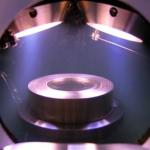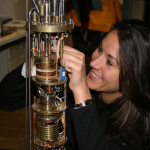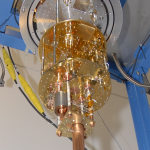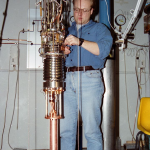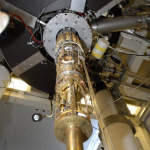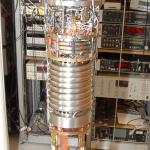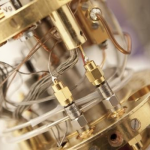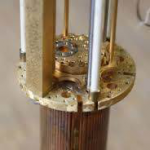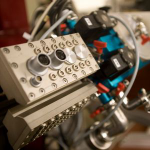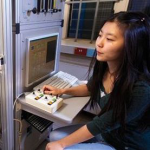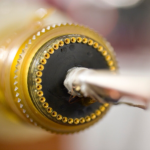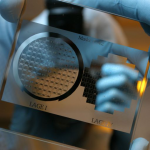Administration of EMP-related Publications
| year | 2021 |
| author(s) | Miguel J. Carballido, Christoph Kloeffel, Dominik M. Zumbühl, Daniel Loss |
| title | Low-symmetry nanowire cross-sections for enhanced Dresselhaus spin-orbit interaction |
| document type | Paper |
| source | Phys. Rev. B 103, 195444 (2021) |
| doi | 10.1103/PhysRevB.103.195444 |
| arxiv | https://arxiv.org/abs/1910.00562 |
| EMP/Horizon2020 | This publication does not include a EMP/Horizon2020 acknowledgement. |
| abstract | We study theoretically the spin-orbit interaction of low-energy electrons in semiconducting nanowires with a zinc-blende lattice. The effective Dresselhaus term is derived for various growth directions, including <11(-2)>-oriented nanowires. While a specific configuration exists where the Dresselhaus spin-orbit coupling is suppressed even at confinement potentials of low symmetry, many configurations allow for a strong Dresselhaus coupling. In particular, we discuss qualitative and quantitative results for nanowire cross-sections modeled after sectors of rings or circles. The parameter dependence is analyzed in detail, enabling predictions for a large variety of setups. For example, we gain insight into the spin-orbit coupling in recently fabricated GaAs-InAs nanomembrane-nanowire structures. By combining the effective Dresselhaus and Rashba terms, we find that such structures are promising platforms for applications where an electrically controllable spin-orbit interaction is needed. If the nanowire cross-section is scaled down and InAs replaced by InSb, remarkably high Dresselhaus-based spin-orbit energies of the order of millielectronvolt are expected. A Rashba term that is similar to the effective Dresselhaus term can be induced via electric gates, providing means to switch the spin-orbit interaction on and off. By varying the central angle of the circular sector, we find, among other things, that particularly strong Dresselhaus couplings are possible when nanowire cross-sections resemble half-disks. |
